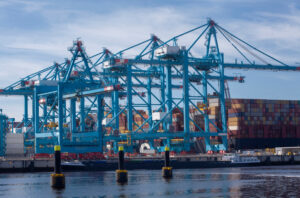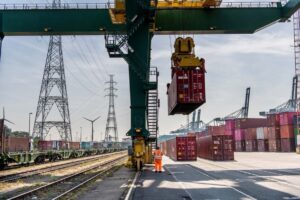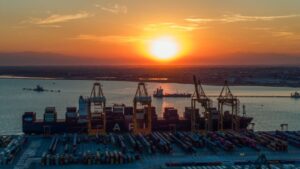-
Nicaragua National Assembly gives green light to China’s HKND Group to construct alternative to Panama Canal
The Nicaragua National Assembly has given its final ratification to the government’s agreement with the HKND Group to develop the Nicaragua Canal.
The Nicaragua Canal and Development Project, at a cost of US$40 billion, has the potential to transform global trade, according to the Hong Kong-based group, offering both shorter transit times and cost savings to ocean carriers on routes that include the Suez and Panama Canals.
“We are honoured to be given the opportunity to develop this transformational project that has the potential to bring tremendous, long-term economic benefits to Nicaragua, to the region, and to international shippers and consumers around the world,” said HKND Group chairman, Wang Jing.
The agreement gives exclusive rights to the HKND Group for the planning, design, construction, operation, and management of the Nicaragua Canal and other potential projects, including port projects, free trade zones and other infrastructure development projects.
“It is very early in a long process, and we have a lot of work ahead, but we want to be clear that we intend this to be a world-class effort that creates economic opportunity, serves the global trade community, and also protects the local environment, heritage, and culture of Nicaragua,” added Wang Jing.
HKND Group has already determined that the route will not follow the San Juan River, and has employed sustainability consultants ERM to independently assess the environmental and social impact of alternative routes. China Railway Construction Corp. Ltd. has been engaged to conduct the initial technical feasibility assessment, while McKinsey & Company is providing HKND with fact-based research and analysis.
“By definition, this is a truly global initiative, and we are committed to operating in a transparent and open manner with participation of entities from around the world,” said HKND spokesperson, Ronald MacLean-Abaroa.
Initial findings from analysis undertaken by HKND indicates that the combined impact of growth in East-West trade and in ship sizes could provide a compelling argument for the construction of a second canal across Central America, which would be substantially larger than the expanded Panama Canal.
According to HKND’s research, by 2030 the volume of trade addressable by the Nicaragua Canal will have grown by 240 percent, while the total value of goods transiting the combined Nicaragua and Panama canals could exceed $1.4 trillion.
The fuel savings provided by the deployment of larger ships on the trade routes served by the Nicaragua Canal could be substantial. For example, going from Shanghai to Baltimore, the new route is 4,000 kilometres shorter than the Suez Canal route, and 7,500 kilometres shorter than around the Cape of Good Hope.
At current fuel prices, for an average size containership, this represents roundtrip savings of $500,000 and $1 million respectively, say HKND. For the largest ships, the savings would be $110 per TEU and $327 per TEU relative to the two alternative routes, largely attributable to lower fuel consumption.
As PTI reported last week, the 130-mile waterway, linking the Pacific Ocean and Caribbean Sea, is anticipated to take up to 11 years to complete and would generate as many as 40,000 construction jobs, with the prospect of doubling Nicaragua’s GDP.








